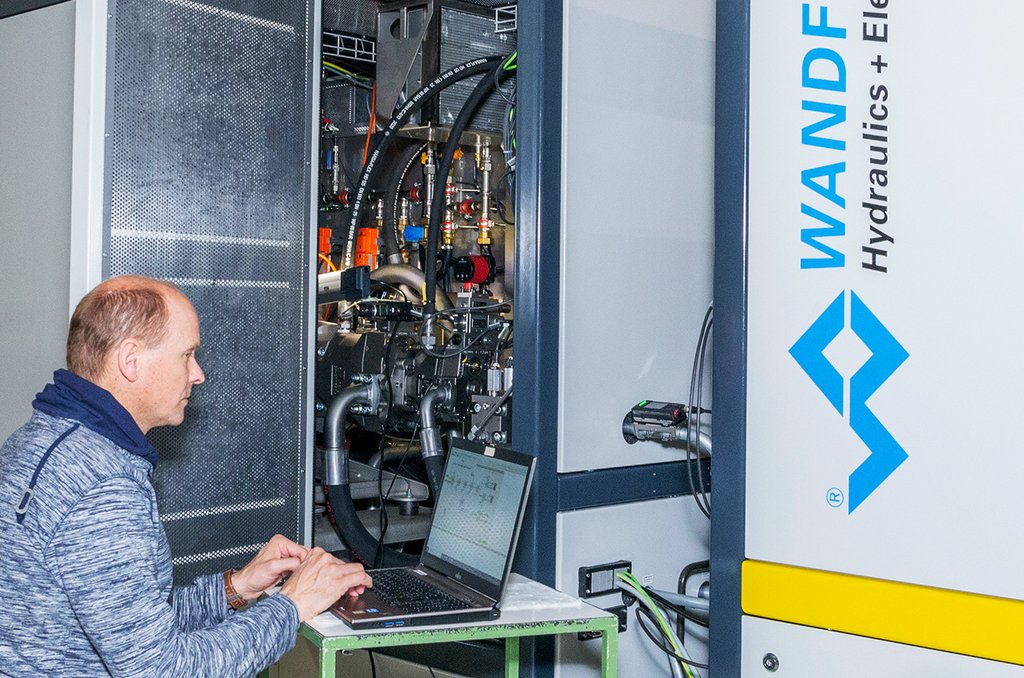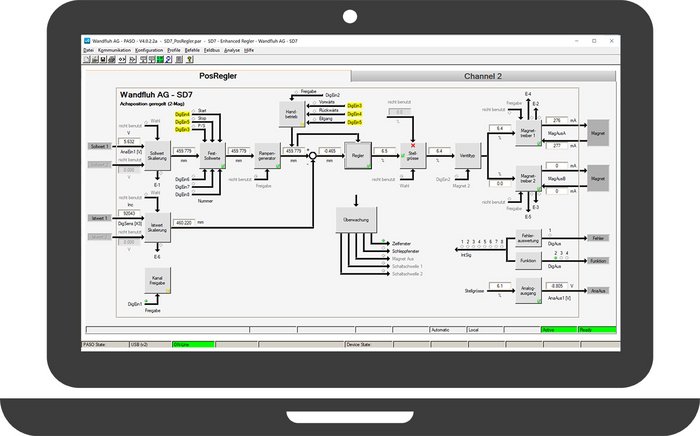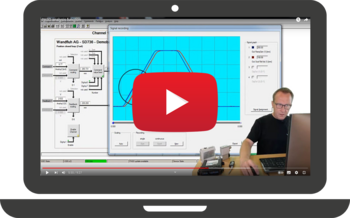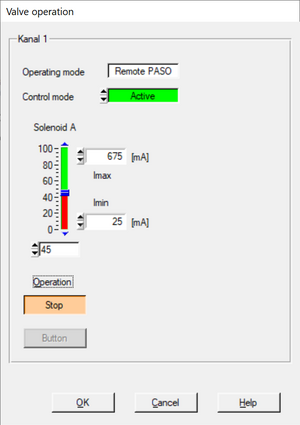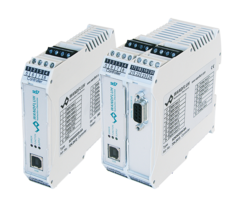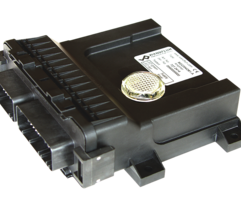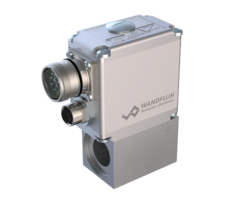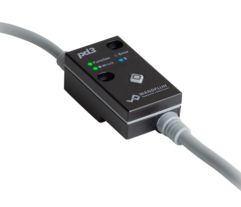The electronic modules available on the market differ on the one hand in their technical features and characteristics and on the other hand in their construction. There are modules that only serve as amplifiers and electronic units that can be used for a complex pQ controlling system. In terms of construction, there are cards with snap locks for installation in control panels or small electronic amplifiers that fit directly onto a magnet, through to waterproof and shockproof electronic units for use in mobile applications.



